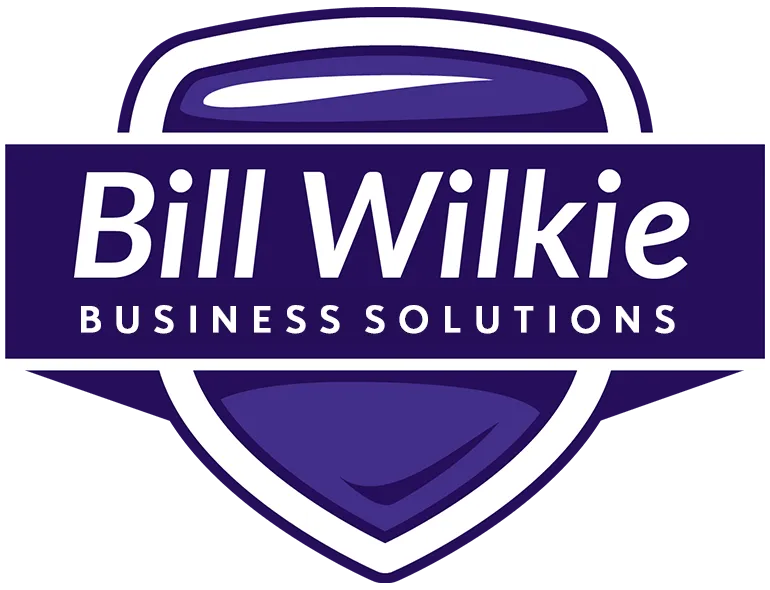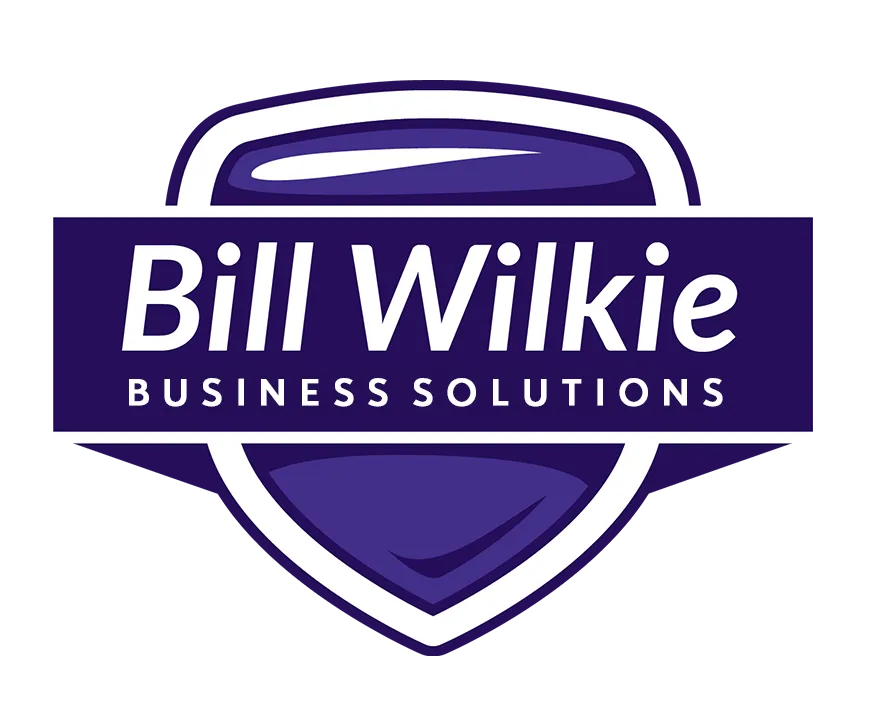
5 Strategies to Reduce Payroll Expenses for Your Business
Managing payroll expenses effectively is crucial for business success. With rising labor costs, businesses must find innovative ways to optimize payroll while maintaining employee satisfaction. Here are five proven strategies to reduce payroll expenses and improve your bottom line.
1. Implement the WIMPER Program
One of the most effective ways to reduce payroll expenses is by leveraging the Wellness Integrated Medical Plan Expense Reimbursement (WIMPER) Program by Bill Wilkie Insurance LLC. This self-funded healthcare solution helps businesses lower FICA tax liabilities and insurance premiums while enhancing employee benefits.
Key Benefits of the WIMPER Program:
Zero net cost implementation
Up to $800 per employee in FICA tax savings
18-30% reduction in workers’ compensation premiums
Nationwide availability and compliance with IRS regulations
Access to 24/7 telehealth services and other wellness benefits
By integrating this innovative program, businesses can cut payroll costs without reducing employee compensation or benefits.
2. Optimize Employee Scheduling
Overstaffing and inefficient scheduling can lead to unnecessary payroll expenses. Using workforce management tools or AI-powered scheduling software can help businesses ensure they have the right number of employees at the right time.
Tips for Better Scheduling:
Analyze peak work hours and align shifts accordingly
Reduce unnecessary overtime by setting clear policies
Implement a shift bidding system to balance workloads effectively
3. Utilize Outsourcing and Freelancers
Not every task requires a full-time employee. Outsourcing administrative tasks, IT support, or customer service can help businesses reduce payroll expenses while ensuring quality work.
Benefits of Outsourcing:
Lower costs compared to full-time salaries and benefits
Flexibility to scale workforce based on demand
Access to specialized skills without long-term commitments
4. Invest in Automation and Technology
Automating repetitive administrative tasks can lead to significant payroll savings by reducing the need for additional hires. Payroll automation, HR software, and chatbots can streamline processes and improve efficiency.
Areas to Automate:
Payroll processing and tax filings
Employee onboarding and training
Customer service through AI chatbots
Data entry and invoice processing
5. Offer Performance-Based Compensation
Instead of fixed salary raises, businesses can implement performance-based incentives such as bonuses, commissions, and profit-sharing. This approach aligns employee compensation with business performance, reducing overall payroll expenses while motivating employees.
Performance-Based Compensation Examples:
Sales commissions based on revenue targets
Bonus structures tied to key performance indicators (KPIs)
Profit-sharing plans for long-term employee retention
Final Thoughts
Reducing payroll expenses doesn’t mean compromising employee satisfaction. By implementing smart strategies like the WIMPER Program, optimizing scheduling, outsourcing, automating tasks, and using performance-based pay, businesses can cut costs while maintaining productivity and employee engagement.
Want to learn more about how the WIMPER Program can help your business save on payroll expenses? Visit Bill Wilkie Insurance LLC today!



